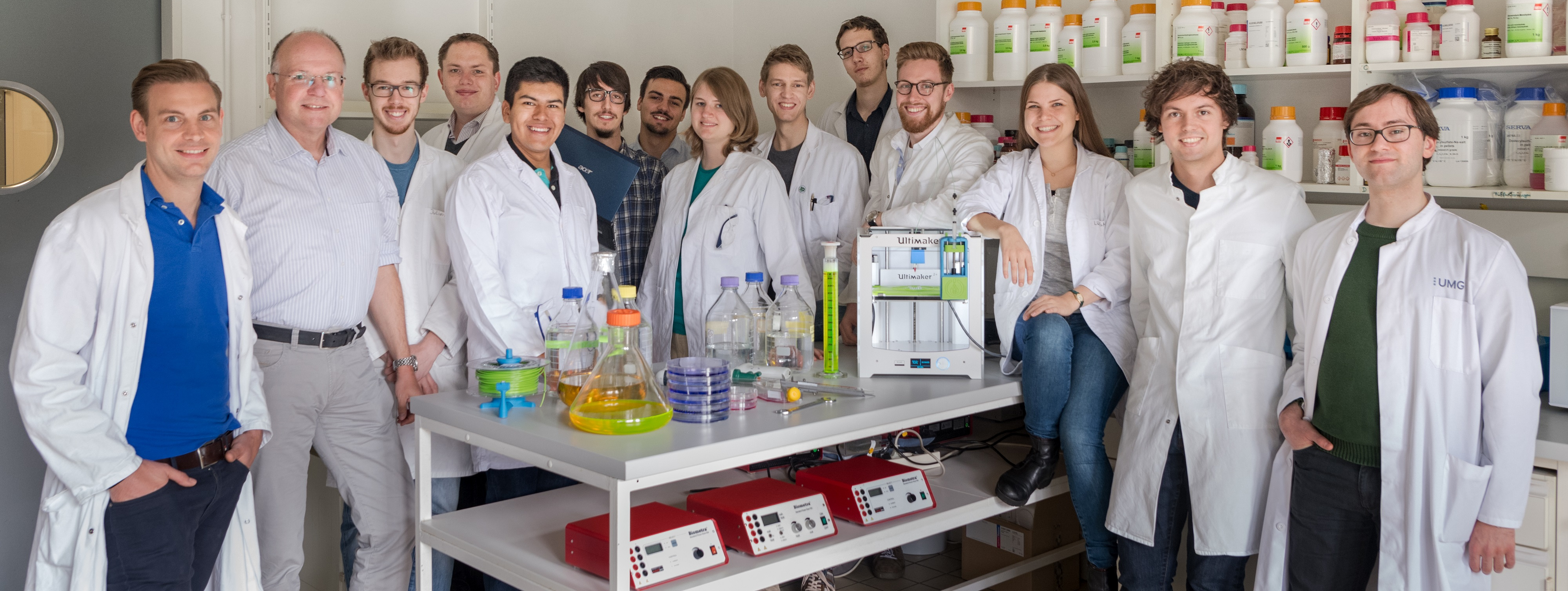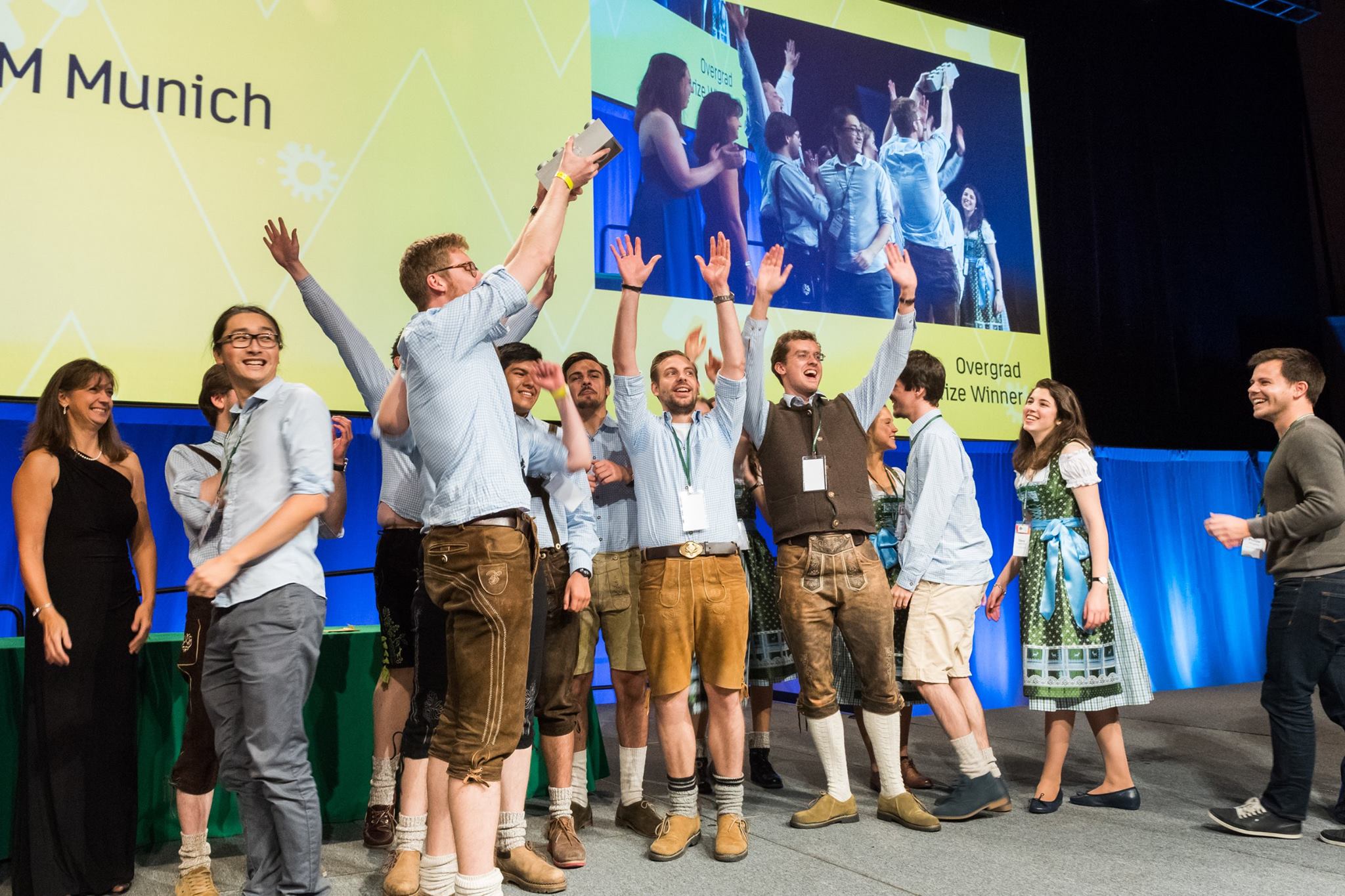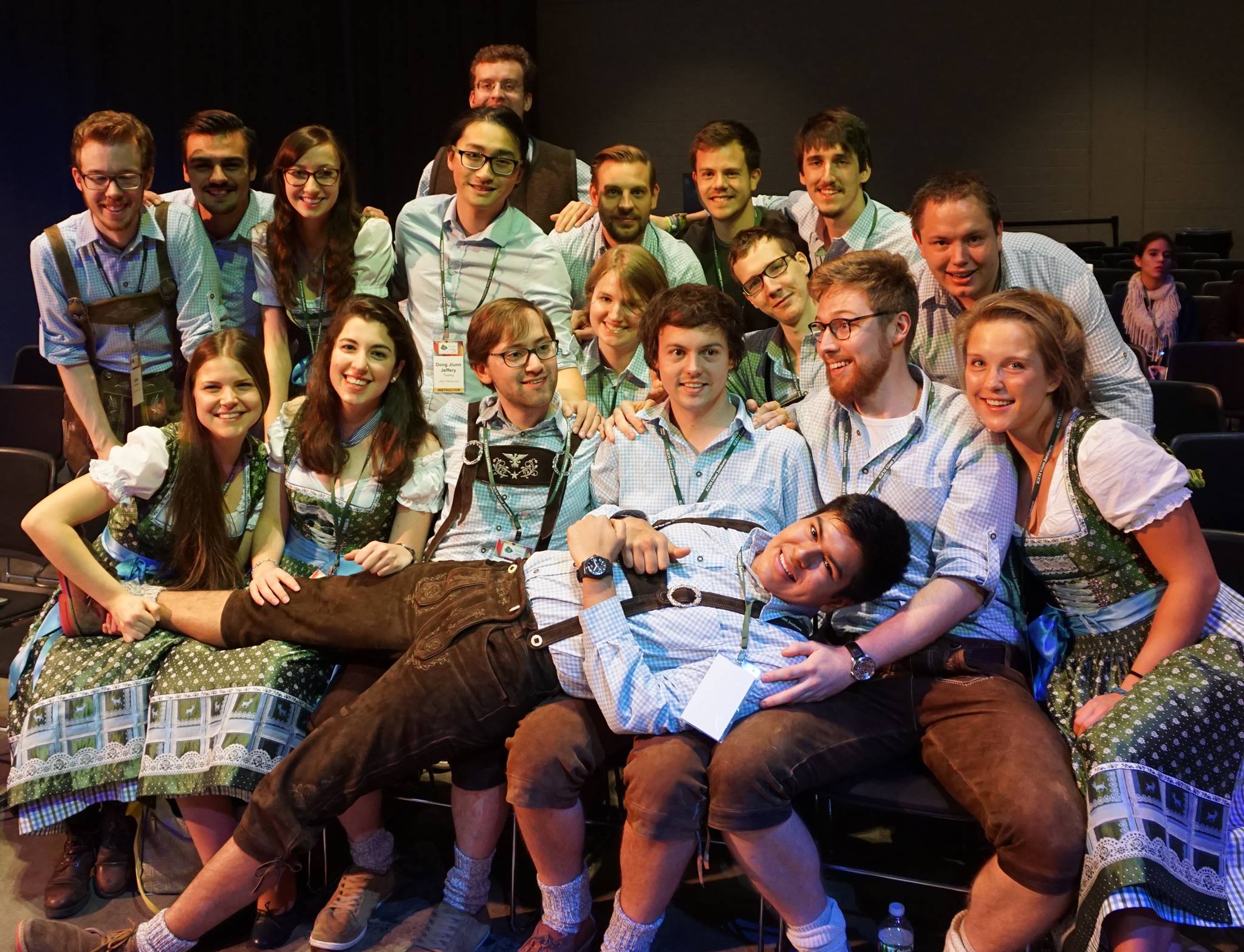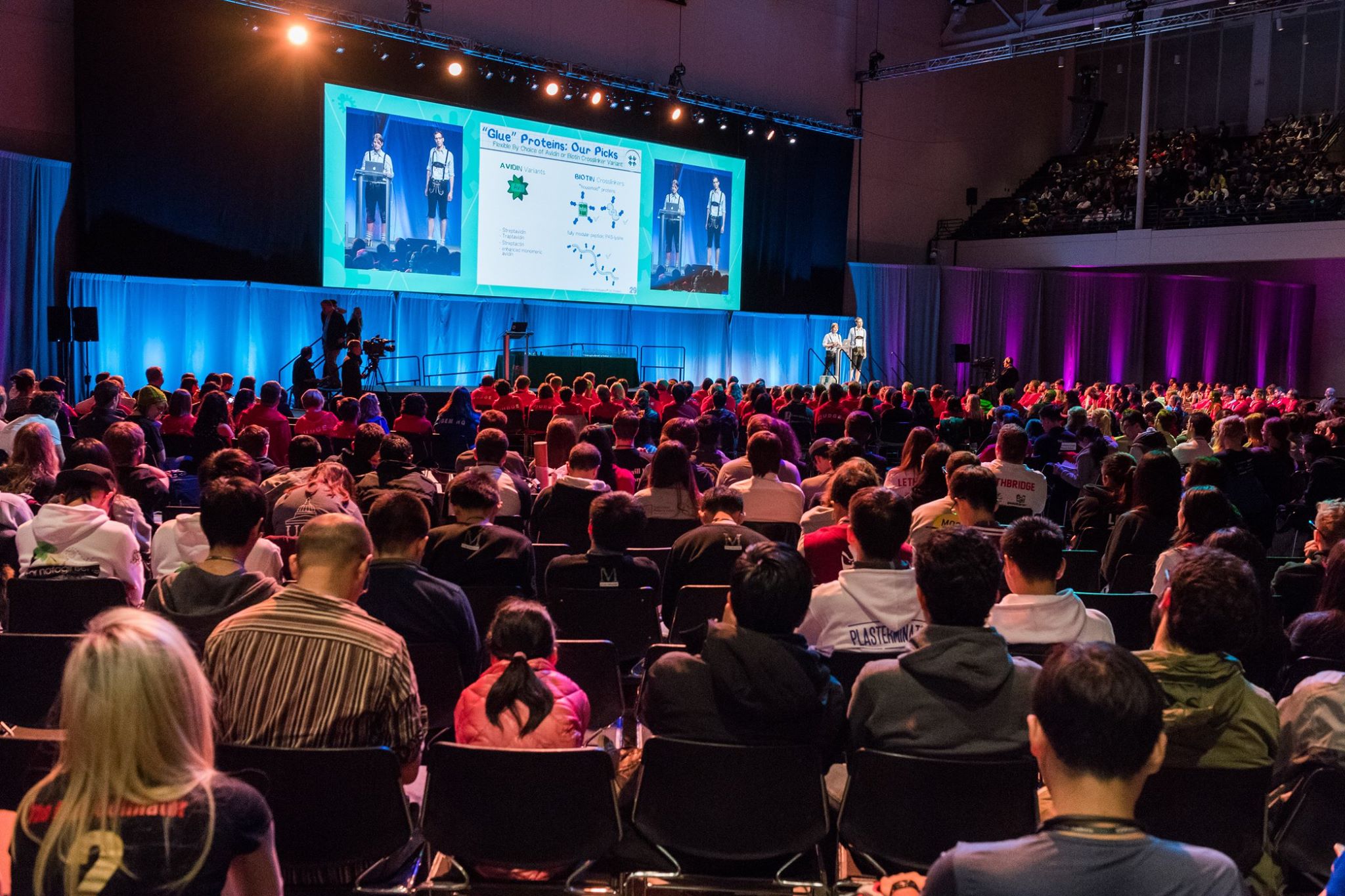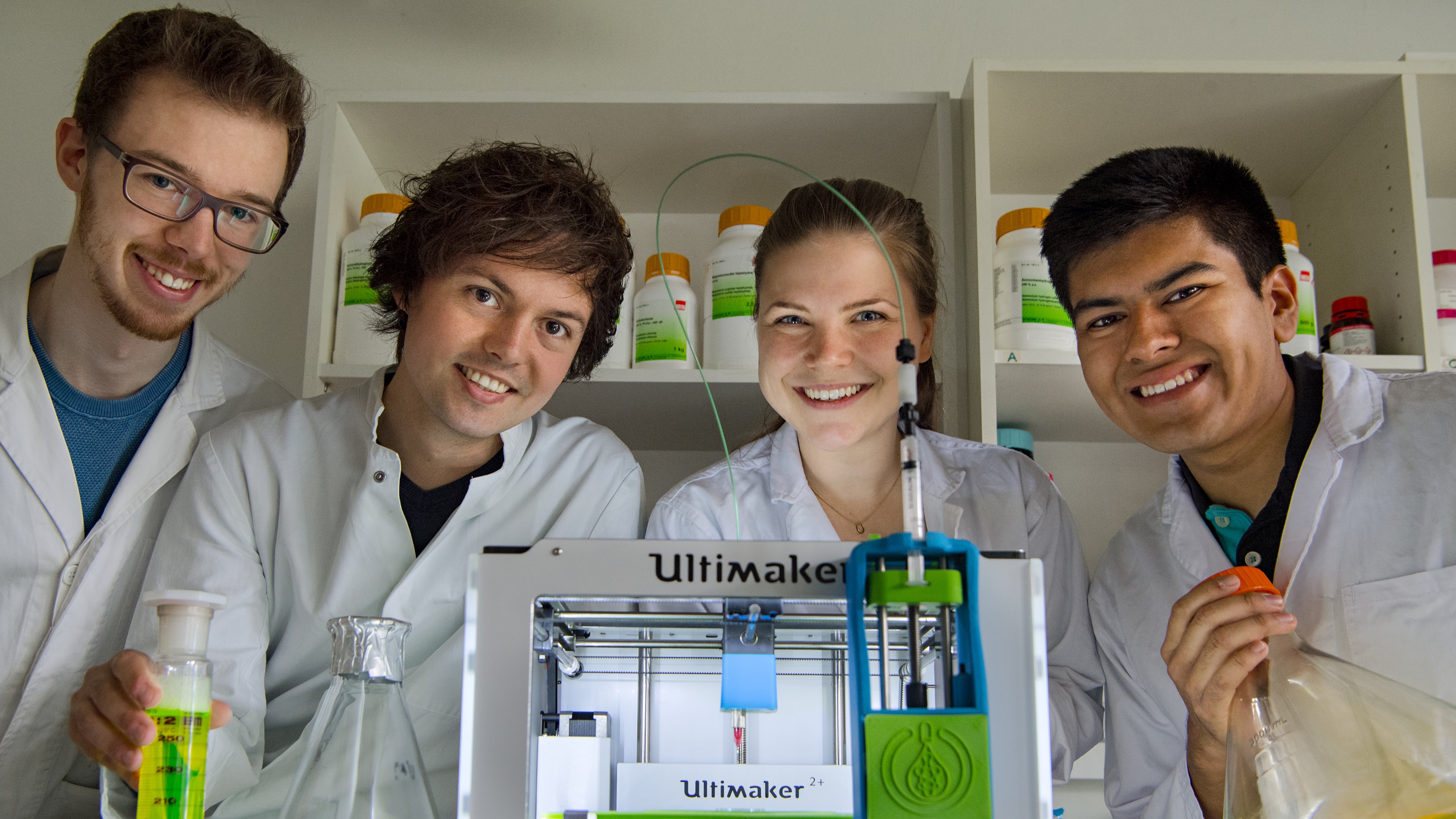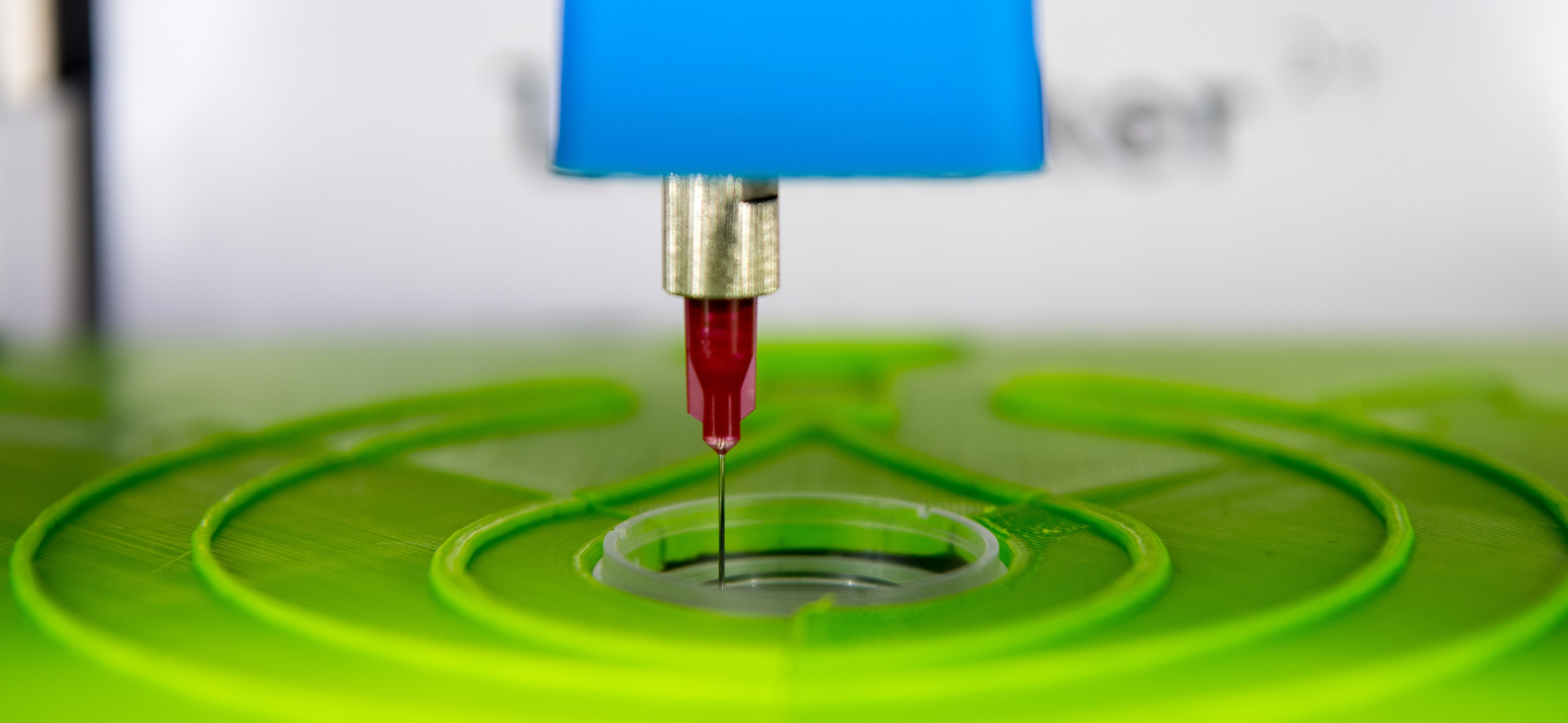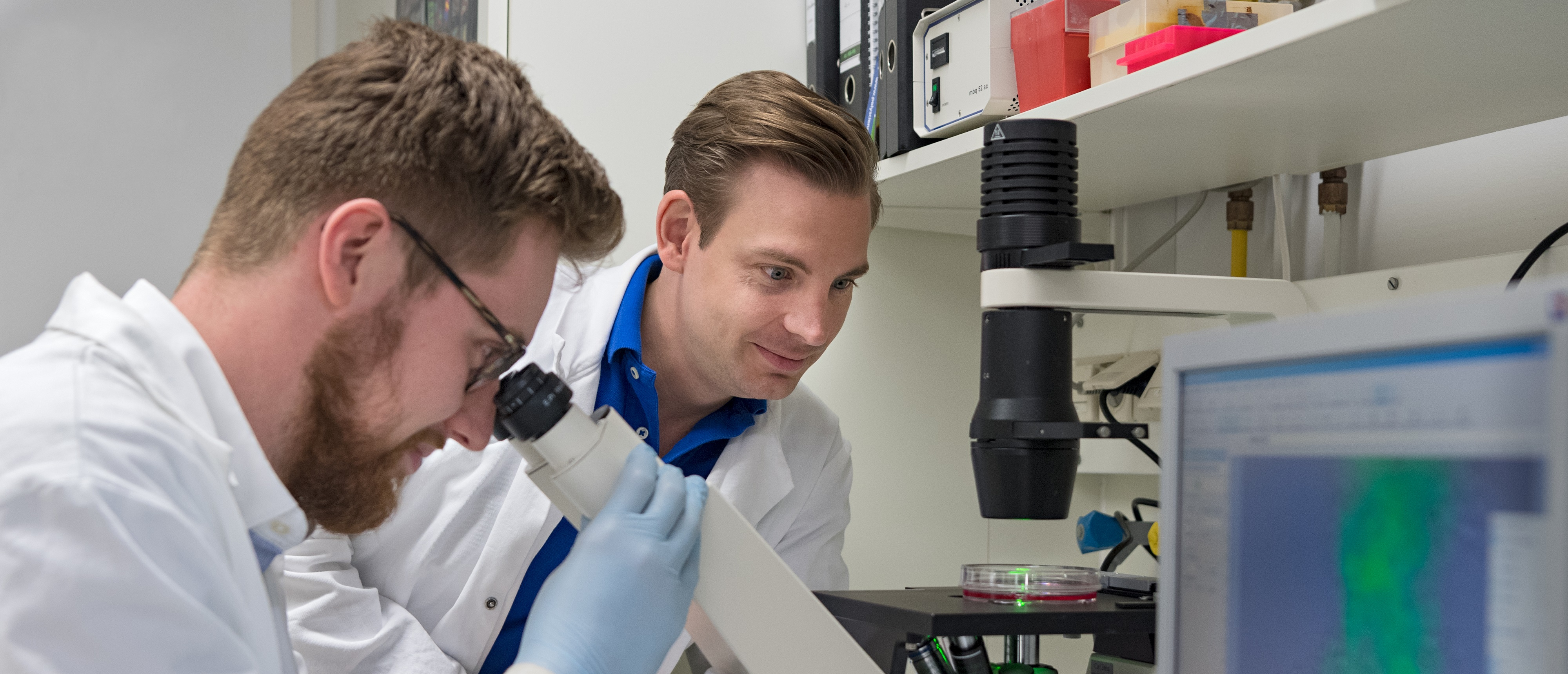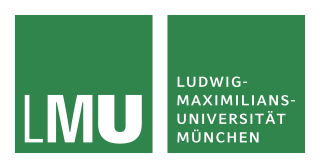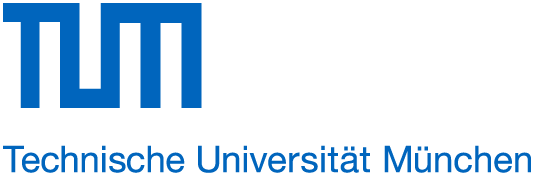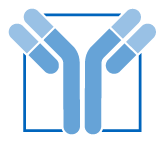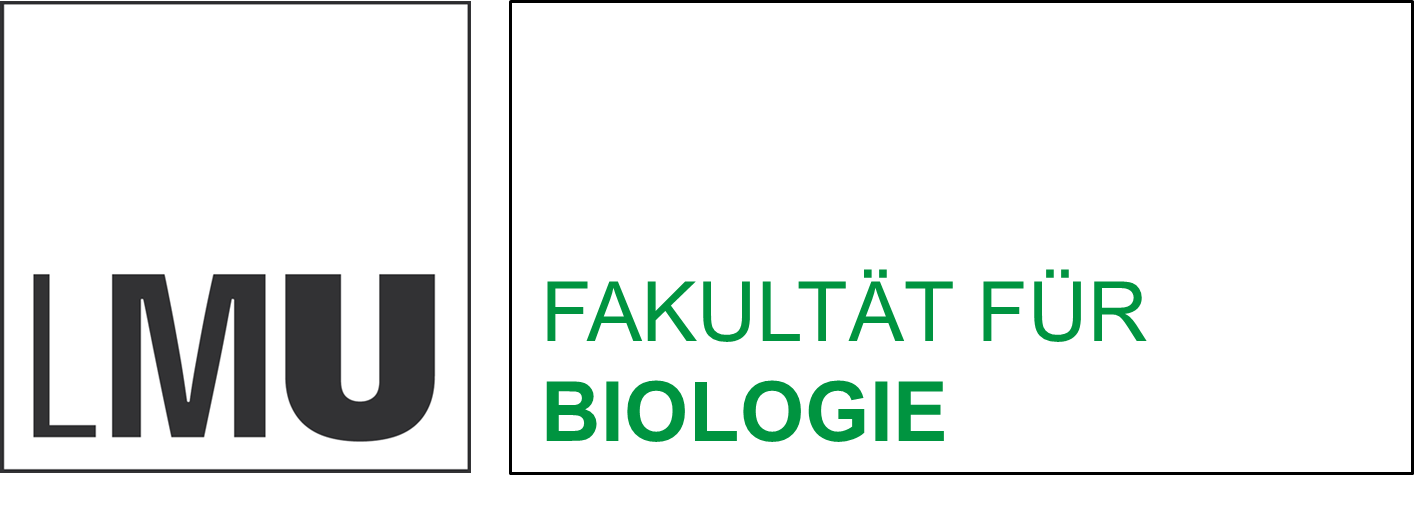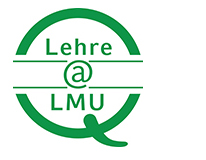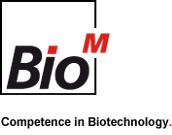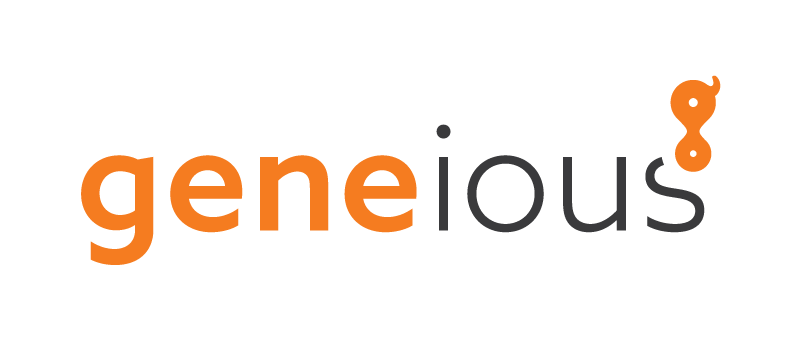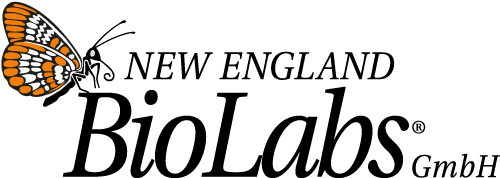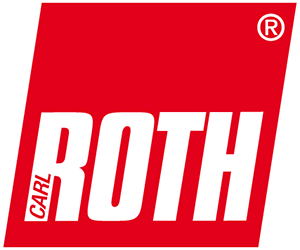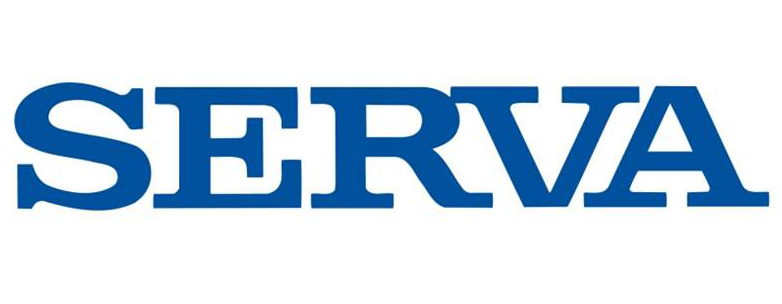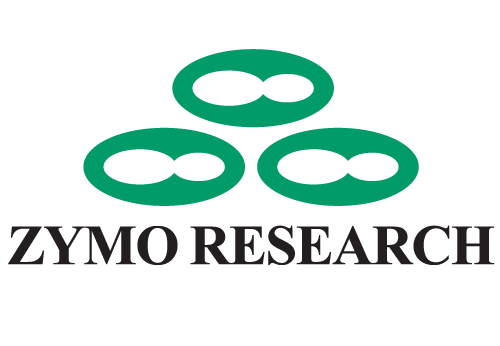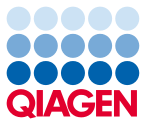VolkerMorath (Talk | contribs) |
VolkerMorath (Talk | contribs) (→Abstract: biotINK - rethINK tissue printing) |
||
| Line 19: | Line 19: | ||
==<span style="color:#000000">Abstract:</span> <span style="color:#009440">biot</span><span style="color:#3070b3">INK</span> <span style="color:#8d8d8d">- rethINK tissue printing</span>== | ==<span style="color:#000000">Abstract:</span> <span style="color:#009440">biot</span><span style="color:#3070b3">INK</span> <span style="color:#8d8d8d">- rethINK tissue printing</span>== | ||
| − | We are living in an aging society that is facing a decreasing supply of donor organs. To confront this pressing issue, | + | We are living in an aging society that is facing a decreasing supply of donor organs. To confront this pressing issue, we developed a game-changing approach to bioprint tissues for biomedical applications. Our interdisciplinary w ork aims to create a unique ink, named biotINK, to revolutionize bioprinting. The printing process uses a hijacked 3D printer and two components of biotINK to induce an instantaneous polymerization reaction, creating three-dimensional multi-cellular structures in a user-definable manner. The principle of this two-component glue relies on the rapid and specific interaction of biotin and its tetrameric binding protein, avidin. To employ the high biotin-avidin affinity, w e engineered cells presenting biotin moieties or biotin-binding proteins on their surfaces, as well as recombinant matrix proteins, which both co-polymerize upon printing. Furthermore, w e explored different genetic circuits which allow us to functionalize the bio-synthetic tissue and install biosafety mechanisms. Altogether, we are confident that our system provides the necessary means to advance the SynBio community to the next level – the tissue level.<br> |
| − | bioprint tissues for biomedical applications. Our interdisciplinary w ork aims to create a unique ink, named biotINK, to revolutionize bioprinting. The printing process | + | |
| − | uses a hijacked 3D printer and two components of biotINK to induce an instantaneous polymerization reaction, creating three-dimensional multi-cellular structures in | + | |
| − | a user-definable manner. The principle of this | + | |
| − | employ the high biotin-avidin affinity, w e engineered cells presenting biotin moieties or biotin-binding proteins on their surfaces, as | + | |
| − | which both co-polymerize upon printing. Furthermore, w e explored different genetic circuits which allow us to functionalize the bio-synthetic tissue and install | + | |
| − | biosafety mechanisms. Altogether, | + | |
| − | level.<br> | + | |
[[File:Muc_Finalsphoto_001.png|center|950px]] | [[File:Muc_Finalsphoto_001.png|center|950px]] | ||
<html><video width="830" controls><source src="https://static.igem.org/mediawiki/2016/6/64/Muc16_video3.mp4"> | <html><video width="830" controls><source src="https://static.igem.org/mediawiki/2016/6/64/Muc16_video3.mp4"> | ||
Revision as of 17:13, 16 November 2016
2016/11/02: We will update our wiki within the next 10 days. Please do not hesitate to contact us at iGEM2016.Munich@gmail.com.
Abstract: biotINK - rethINK tissue printing
We are living in an aging society that is facing a decreasing supply of donor organs. To confront this pressing issue, we developed a game-changing approach to bioprint tissues for biomedical applications. Our interdisciplinary w ork aims to create a unique ink, named biotINK, to revolutionize bioprinting. The printing process uses a hijacked 3D printer and two components of biotINK to induce an instantaneous polymerization reaction, creating three-dimensional multi-cellular structures in a user-definable manner. The principle of this two-component glue relies on the rapid and specific interaction of biotin and its tetrameric binding protein, avidin. To employ the high biotin-avidin affinity, w e engineered cells presenting biotin moieties or biotin-binding proteins on their surfaces, as well as recombinant matrix proteins, which both co-polymerize upon printing. Furthermore, w e explored different genetic circuits which allow us to functionalize the bio-synthetic tissue and install biosafety mechanisms. Altogether, we are confident that our system provides the necessary means to advance the SynBio community to the next level – the tissue level.
Sponsors



